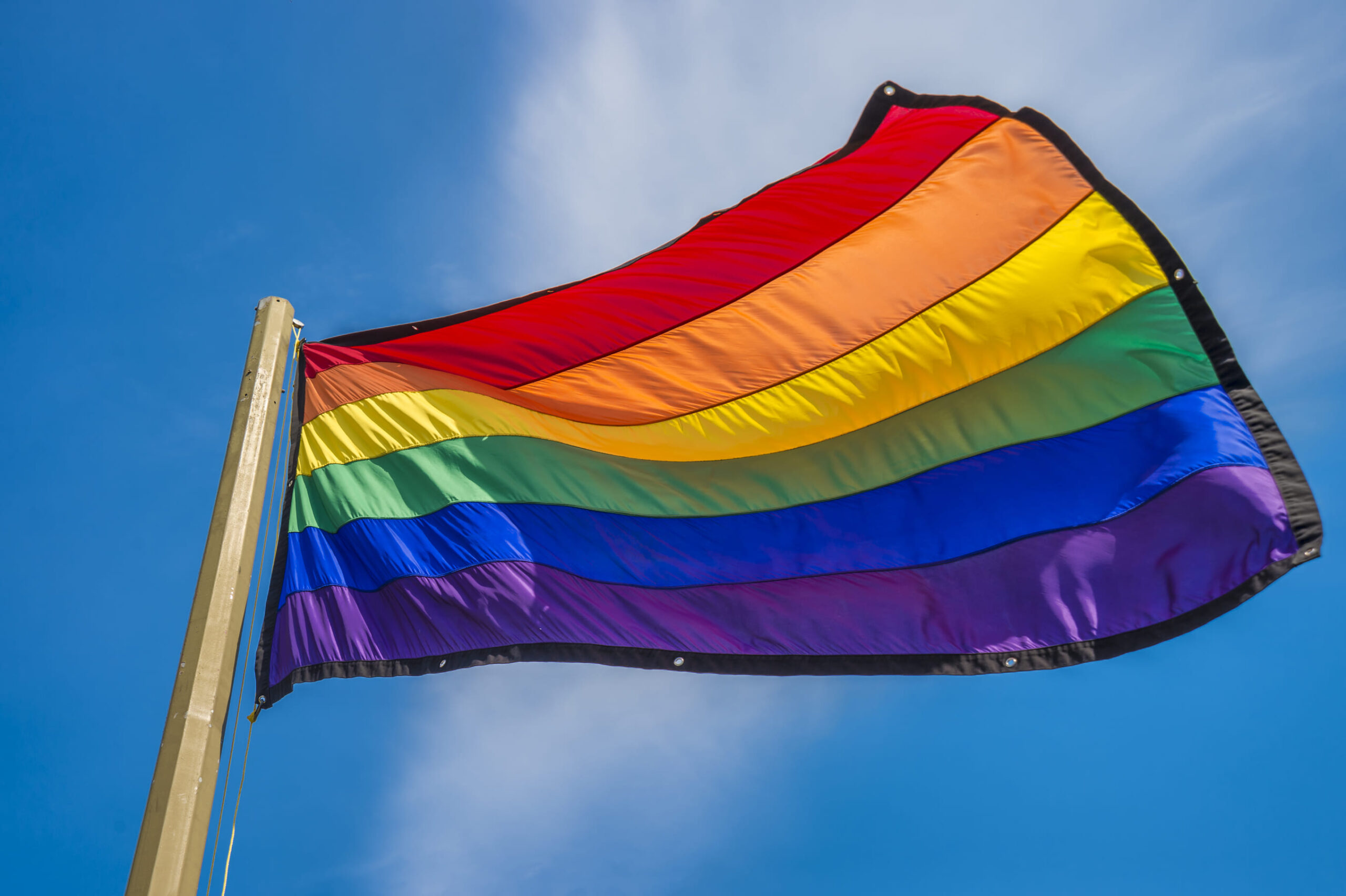United States Supreme Court Creates Employment Protections for LGBT Employees and Gives Employers the Opportunity to Foster More Inclusive Workplaces
Today, in Bostock v. Clayton County, Georgia, the United States Supreme Court held that gay, lesbian, and transgender employees are protected from adverse action based on their sexual orientation or gender identity. The 6-3 Court reasoned that the plain meaning of the term “sex,” as used in Title VII, includes sexual orientation and gender identity. Justice Gorsuch writing for the Majority explained: “An employer who fires an individual for being homosexual or transgender fires that person for traits or actions it would not have questioned in members of a different sex. Sex plays a necessary and undisguisable role in the decision, exactly what Title VII forbids.”
The Supreme Court’s decision was based upon the consolidated cases of two gay men and a transgender woman who sued for sex discrimination under Title VII in the Second, Sixth, and Eleventh Circuit Courts of Appeals after they were terminated from their respective employers. (See Altitude Express, Inc. v. Zarda; R.G. & G.R. Harris Funeral Homes v. EEOC; Bostock v. Clayton County, Georgia)
Ohio’s law remains the same and does not provide any protections for LGBT employees. However, Ohio employers are prohibited under Title VII from discriminating against LGBT employees. Therefore, employers should consider taking the following steps as a result of today’s decision:
- Update anti-discrimination, anti-harassment, retaliation, and reporting policies to include language protecting sexual orientation, gender identity, and gender expression. The policies should be easy to understand. Modernize the policies to include specific and updated examples of harassing behavior and terminology and remove legalese.
- Update company policies and employment forms to include appropriate and inclusive terminology. Consider updating policies to indicate acceptable terms and definitions of those terms, as well as guidelines for appropriate pronoun use for employees of all sexes and gender identities.
- Distribute updated policies to employees and require employees to sign an acknowledgement of the updated policies.
- Regularly train employees and managers. All employees should receive training that covers workplace harassment and discrimination on a regular basis. Managers should receive additional training, including how to recognize harassment and discrimination, how to address a complaint, and how to have a conversation with employees about harassment and discrimination.
- Foster an inclusive workplace culture. Employers should consider expanding upon traditional discrimination and harassment resources to include diversity training, such as acknowledging unconscious bias, and providing gender-transition resources to employees. Developing an inclusive workplace culture must start at the top. Therefore, management, including senior executives, must voice their support for the company’s inclusive policies.
- Maintain an open door policy and encourage employees to approach human resources with questions or to obtain educational resources.


